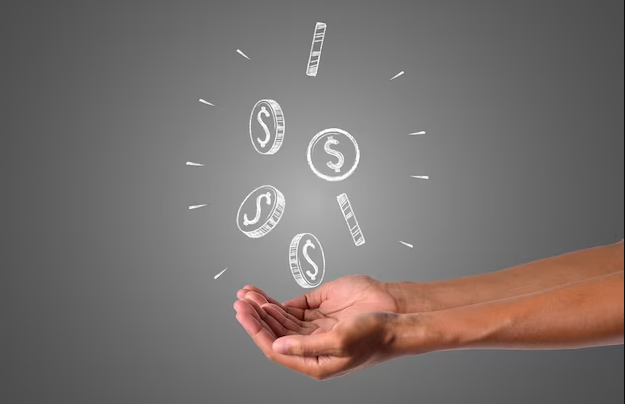An emergency fund is a financial safety net that can help you cover unexpected expenses, such as medical bills, car repairs, or job loss. Having an emergency fund can provide peace of mind and financial stability during uncertain times. In this blog post, we’ll discuss the importance of having an emergency fund and money saving secret tips for building your fund quickly and efficiently.
The Importance of an Emergency Fund
- Financial Security: An emergency fund provides a cushion for unforeseen expenses, reducing the need to rely on credit cards or loans. This can help you avoid debt and maintain a healthy credit score.
- Reduced Stress: Knowing you have a financial safety net can alleviate stress during difficult times, allowing you to focus on resolving the issue at hand rather than worrying about money.
- Greater Flexibility: With an emergency fund, you have the freedom to make decisions based on your needs and priorities, rather than being forced into choices due to financial constraints.
How Much Should You Save?
- Rule of Thumb: A common recommendation is to save three to six months’ worth of living expenses in your emergency fund. This amount can vary depending on your individual circumstances, such as job stability and monthly expenses.
- Assess Your Needs: Consider factors like your job security, health, and family situation when determining how much to save. If you have a stable job and few dependents, you may need less than someone with an unpredictable income and multiple dependents.
- Reevaluate Regularly: As your financial situation and needs change, it’s important to reassess your emergency fund and adjust your savings goals accordingly.
Tips for Building Your Emergency Fund
- Start Small: If saving three to six months’ worth of expenses seems daunting, start with a smaller goal, such as $1,000. Once you’ve reached that milestone, gradually increase your target until you’ve built a sufficient emergency fund.
- Automate Your Savings: Set up automatic transfers from your checking account to a dedicated savings account each month. This ensures that you’re consistently contributing to your emergency fund without having to think about it.
- Cut Expenses: Look for areas in your budget where you can reduce spending, such as dining out, entertainment, or subscriptions. Redirect the money you save towards your emergency fund.
- Increase Your Income: Consider taking on a side gig, freelancing, or selling items you no longer need to boost your income and accelerate your savings.
Where to Keep Your Emergency Fund
- Accessibility: Your emergency fund should be easily accessible in case of urgent needs. Consider keeping it in a separate savings account or a money market account, which typically offer higher interest rates than traditional savings accounts while still allowing easy access to your funds.
- Avoid Risky Investments: While it may be tempting to invest your emergency fund in stocks or other high-risk investments, it’s important to prioritize safety and liquidity. Stick to low-risk options like savings accounts, money market accounts, or short-term certificates of deposit (CDs).
Maintaining and Growing Your Emergency Fund
- Regular Reviews: Periodically review your emergency fund to ensure it’s keeping pace with your changing financial needs. Adjust your savings goals and contributions as necessary.
- Keep Saving: Even after you’ve reached your initial emergency fund goal, continue to save. This will help you stay prepared for future emergencies and allow your fund to grow with interest.
- Resist Temptation: Avoid dipping into your emergency fund for non-emergency expenses. Treat it as a last resort for true emergencies only.
Conclusion
Building an emergency fund is an essential step towards achieving financial stability and peace of mind. By setting realistic savings goals, automating your contributions, and prioritizing low-risk investments, you can create a financial safety net that will serve you well in times of need. Start saving today and enjoy the benefits of a well-funded emergency fund.





